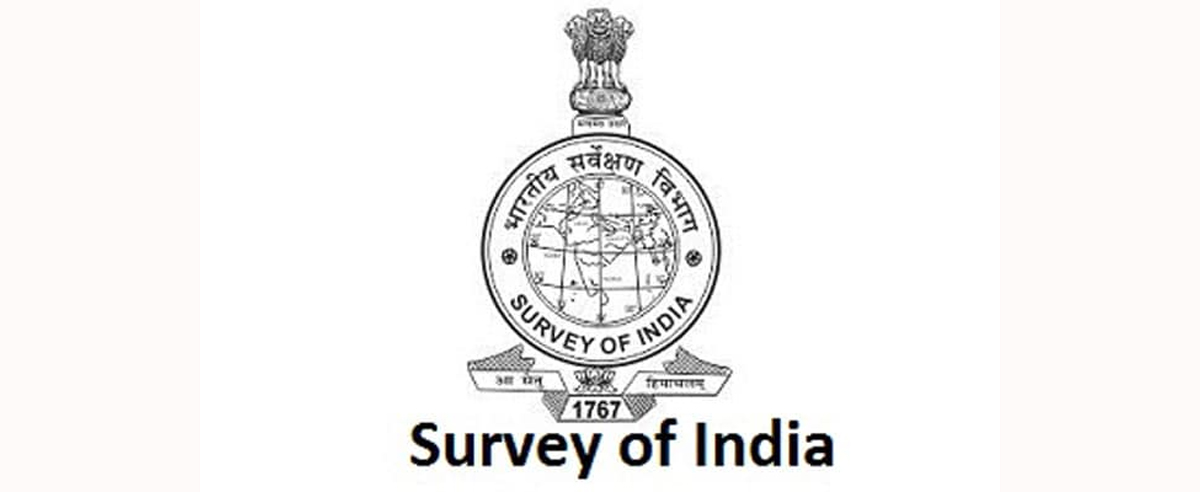Exercise to ensure Assembly seats don’t overlap
Haphazard creation of Distts, Admn units leads to problems
Sanjeev Pargal
JAMMU, Sept 17: The Delimitation Commission is understood to have sought the services of Survey of India (SoI) for mapping certain revenue units in the Union Territory of Jammu and Kashmir which were overlapping as new districts, tehsils and blocks were constituted haphazardly during the regimes of Congress-PDP and National Conference-Congress without proper demarcation of the boundaries.
Highly placed sources told the Excelsior that the Delimitation Commission, which is engaged in the exercise for delimitation of 90 Assembly constituencies in Jammu and Kashmir, has taken the help of Survey of India for mapping of certain revenue units to ensure that the segments don’t overlap.
“Presently parts of certain Assembly constituencies fall in two districts like Samba, Ramnagar, Hiranagar, Reasi, Ramban etc,” they said, adding this was the result of creation of eight districts in the year 2007 by Congress-PDP coalition Government headed by Ghulam Nabi Azad which was followed by creation of several new administrative units including tehsils, sub divisions and blocks by National Conference-Congress coalition Government led by Omar Abdullah.
All these administrative and revenue units including the districts were created without demarcation of proper boundaries, sources pointed out and said the units were created at whims and fancies of the then Governments at the helm with the then representatives haphazardly recommending new tehsils, sub divisions and blocks.
As no delimitation of the Assembly constituencies was held thereafter, the administrative units kept functioning with dual control in different districts keeping the electorates in confusion. People living in one district were considered as electorates of an Assembly constituency which falls in other district.
“Mapping by the Survey of India will help in ensuring that new Assembly constituencies announced by the Delimitation Commission are confined within the districts and their areas don’t overlap in other districts,” sources said.
In addition to the Survey of India, the Delimitation Commission has already obtained data from the Deputy Commissioners of all 20 districts of Jammu and Kashmir pertaining to area, topography, administration and revenue units, electorates etc during their visit to the Union Territory as well as prior to that in written communications sent to them from New Delhi.
After this exercise, the Delimitation Commission is expected to call meeting with Associate Members who include five Lok Sabha MPs of Jammu and Kashmir including three from National Conference and two from BJP which will be its second meeting with them. In the first meeting held in February this year, all three MPs of National Conference including Dr Farooq Abdullah, Mohammad Akbar Lone and Hasnain Masoodi had abstained while two BJP MPs–Dr Jitendra Singh, Union Minister of State in the Prime Minister’s Office (PMO) and Jugal Kishore had attended.
“Now, there have been indications that the National Conference might participate in the next meeting of Associate Members as it had attended the meeting called by the Delimitation Commission during its visit to Jammu and Kashmir,” sources said.
During its four days visit to the Union Territory, the Commission had indicated that it might conduct another visit to Jammu and Kashmir. The Commission has its term till March 7, 2022.
Once the delimitation exercise is completed, the number of Assembly seats in Jammu and Kashmir will go up from 83 to 90.
Twenty-four seats of the Assembly continue to remain vacant as they fall under Pakistan-occupied Jammu Kashmir (PoJK).
While splitting Jammu and Kashmir into two Union Territories through the Reorganization Act, the Union Home Ministry had increased Assembly seats of Jammu and Kashmir by seven taking total seats to 114-24 of which are reserved for Pakistan occupied Kashmir (PoK) while election will be held for 90 seats.
Erstwhile State of Jammu and Kashmir had 111 seats including 24 reserved for PoK while elections were held for 87 seats. With creation of Ladakh as Union Territory, four seats of the region were reduced and the Assembly was left with 83 seats. However, with increase of seven seats, J&K UT will have an Assembly of 90 seats. Two Women MLAs will be nominated to the House, which was the position earlier also.
In the previous Assembly, Kashmir had 46 seats, Jammu 37 and Ladakh four.
Delimitation of the Assembly constituencies was last held in 1994-95 during the President’s Rule when seats of the erstwhile State Assembly were raised from 76 to 87. Jammu region’s seats were increased from 32 to 37, Kashmir’s from 42 to 46 and Ladakh’s two to four. However, the delimitation was freezed in 2002 by the then National Conference Government headed by Dr Farooq Abdullah in lines with the decision taken by then Central Government led by Atal Bihari Vajpayee.
Elections to the Legislative Assembly will be held only after delimitation of Assembly constituencies is completed.


